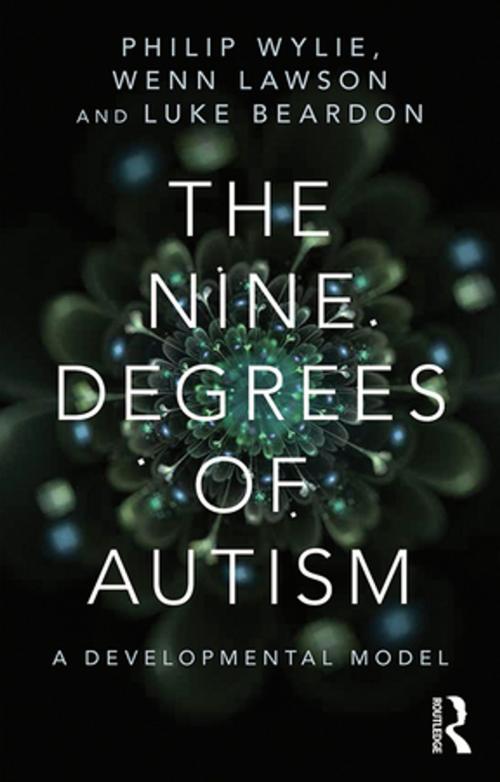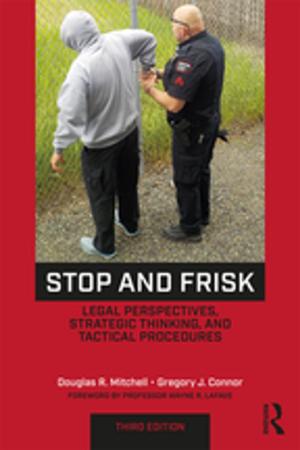The Nine Degrees of Autism
A Developmental Model for the Alignment and Reconciliation of Hidden Neurological Conditions
Nonfiction, Health & Well Being, Psychology, Mental Health| Author: | ISBN: | 9781317500681 | |
| Publisher: | Taylor and Francis | Publication: | October 12, 2015 |
| Imprint: | Routledge | Language: | English |
| Author: | |
| ISBN: | 9781317500681 |
| Publisher: | Taylor and Francis |
| Publication: | October 12, 2015 |
| Imprint: | Routledge |
| Language: | English |
The Nine Degrees of Autism presents a much-needed positive tool for understanding the developmental process of autism, and to facilitate the improved mental health and well-being of individuals on the spectrum. The ground-breaking model charts nine distinct stages of development - from pre-identification, to learning to live with changes in self-image following a late diagnosis, through to self-acceptance and wellbeing. Using the model as a framework each chapter focuses on a particular stage of the process. Experts provide personal insights into the environmental and societal challenges faced by individuals with autism, and dispel a number of popular misconceptions.
The positive developmental model described in this book will encourage people on the Spectrum to accept themselves by focusing on their gifts rather than weaknesses, and to avoid identifying with negative medical classifications. The developmental process which the authors describe is also applicable to other ‘hidden’ neurological conditions such as Dyslexia, Dyspraxia, Aphasia, and ADHD.
The book should be read by anyone who wants to understand the real nature and experience of autism and will also be essential reading for a range of professionals seeking to work more effectively with individuals on the spectrum.
The Nine Degrees of Autism presents a much-needed positive tool for understanding the developmental process of autism, and to facilitate the improved mental health and well-being of individuals on the spectrum. The ground-breaking model charts nine distinct stages of development - from pre-identification, to learning to live with changes in self-image following a late diagnosis, through to self-acceptance and wellbeing. Using the model as a framework each chapter focuses on a particular stage of the process. Experts provide personal insights into the environmental and societal challenges faced by individuals with autism, and dispel a number of popular misconceptions.
The positive developmental model described in this book will encourage people on the Spectrum to accept themselves by focusing on their gifts rather than weaknesses, and to avoid identifying with negative medical classifications. The developmental process which the authors describe is also applicable to other ‘hidden’ neurological conditions such as Dyslexia, Dyspraxia, Aphasia, and ADHD.
The book should be read by anyone who wants to understand the real nature and experience of autism and will also be essential reading for a range of professionals seeking to work more effectively with individuals on the spectrum.















